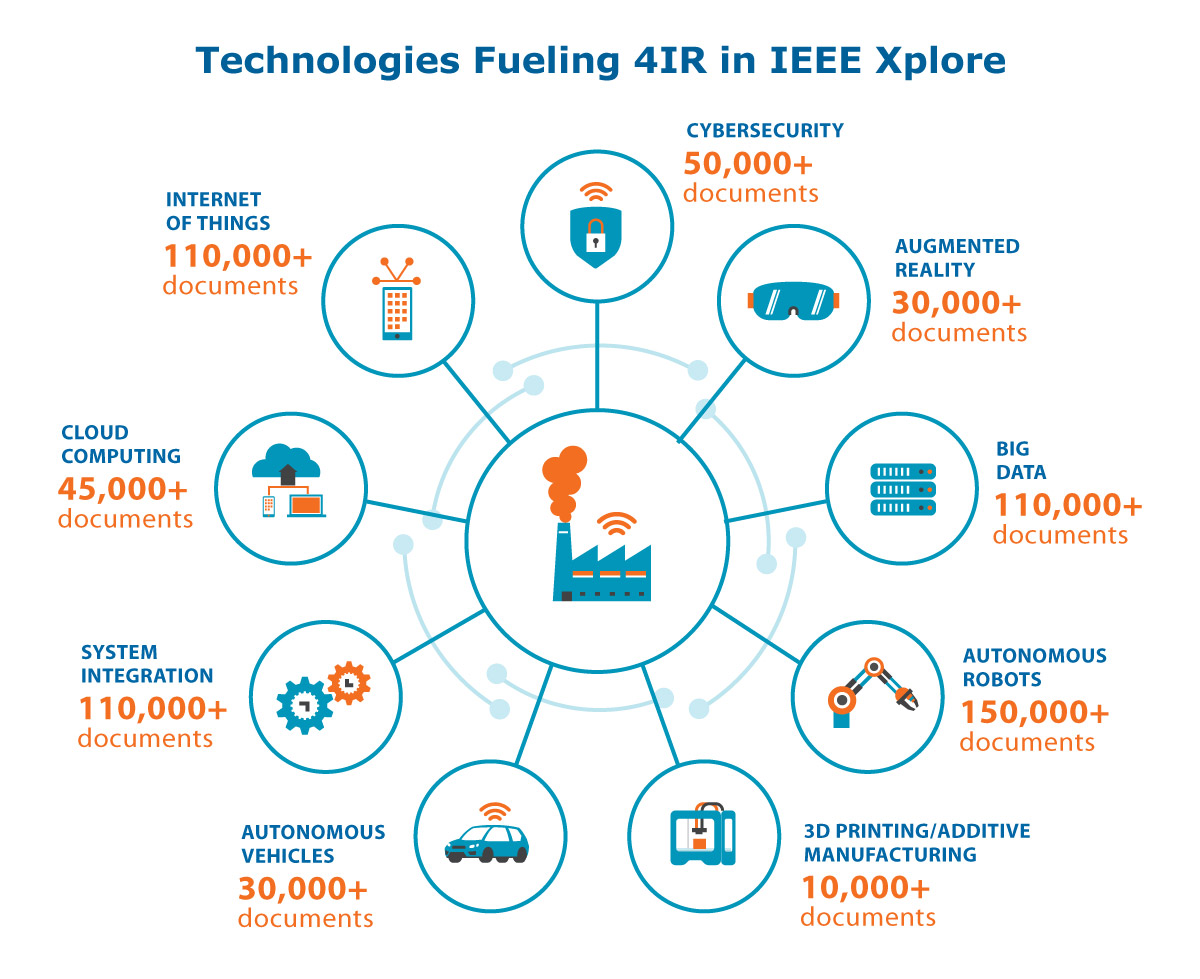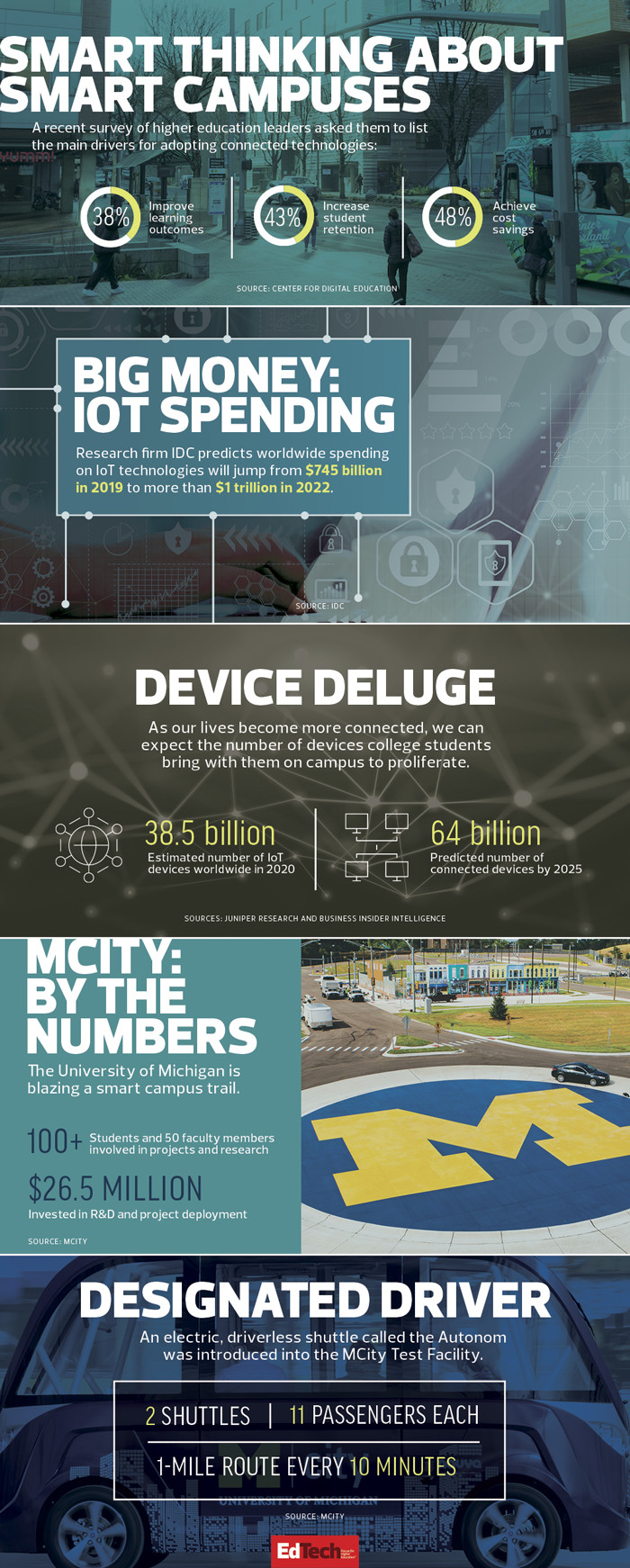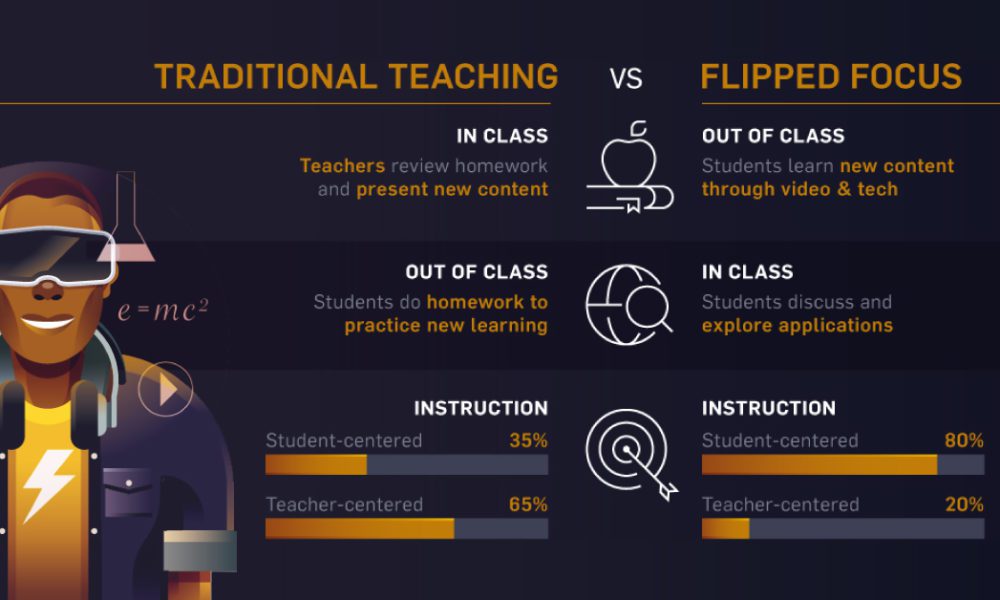We’re full gear into the Fourth Industrial Revolution.
While companies and corporate leaders are busy adjusting their sails to the winds, is the education sector doing enough to prepare students to step into a new world where robotics, automation and big data analytics are transforming how we live and work?

The Organisation for Economic Co-operation and Development (OECD) estimates that over the next 10 to 20 years, “14 percent of jobs are at high risk of being fully automated, while another 32 percent at risk of significant change”.
To meet the demands of the future workforce, it goes without saying that students must be equipped with 21st century skills that would help them thrive in the future of work. Many have argued that education has been slow to adapt to rapid technological advancements, which would mean students are ill-prepared for the world they will soon inherit.
NOTE: If you take an online driver education course in Utah, you must still complete the 6 hours of behind-the wheel training and 6 hours of driving observation at your high school or any commercial Driver's Ed school. Getting Your Driver's License in Utah. Once you complete your driver's education course, you may apply for a driver's license. HoloLens and Medical Education. Some of the most innovative projects using immersive technologies for medical education rely on Microsoft's mixed reality device, HoloLens. At Case Western Reserve, laboratories with cadavers and 2D illustrations in medical books are being replaced by HoloLens headsets.
Start studying Driver's Ed: Chapter 4, 5, 6. Learn vocabulary, terms, and more with flashcards, games, and other study tools. Windows Driver: Windows USB Driver (self extracting preinstaller format) v2.08.14 Note the preinstaller may only be used before the AXE027 is first inserted. If the AXE027 has ever been inserted you must use the manual zip download above instead. Windows Preinstaller: USB Driver for Mac OSX Intel 64 bit (10.9+) Mac Intel 10.9+ (64 bit). The Driving the Electric Revolution Challenge’s (DER) vision fully embraces the UKRI Equality, Diversity & Inclusion (ED&I) mission to become a leader in ensuring ED&I becomes business as usual through succinct direction, embedded culture where everyone is valued and is given the opportunity to contribute.
Skills such as critical thinking, problem solving and creativity are important, though many current education systems don’t adequately equip them. So, what can educators and schools do to prepare students for the Fourth Industrial Revolution?
Focus on STEM education
Our tech-driven era means STEM education is more important now than ever. Source: Shutterstock

STEM (Science, Technology, Engineering and Mathematics) permeates just about every aspect of our lives. To keep up with the world’s future needs, a highly skilled workforce in this field becomes important, as the development of economies also rely on this field, which makes it crucial to prepare graduates for STEM-related careers.
In his article for the World Economic Forum (WEF), Verizon Communications CEO Hans Vestberg notes: “As technology evolves, it’s become increasingly clear to me that our education systems are not preparing people for the opportunities that 5G and other Fourth Industrial Revolution breakthroughs will present. Educators, policy-makers, non-profits and the business community need to confront this fact – even if (especially if) this means questioning long-standing practices and trendy assumptions.”

Hans adds that it’s important to instil quality STEM skills to meet the needs of our “ever-more-technological society”, and that “our society must significantly improve its STEM education across all income levels and age groups and among both genders”.
Instil students with a love for continuous learning
Our tech-driven era means there’s a need to continuously learn and upskill to meet the ever-changing needs of the workforce.
“The idea that our formal education should end at 22 or 25 (much less 18) is now completely outdated. As technology changes more rapidly – and as humans live longer lives, with more people working well past traditional retirement ages – the need for flexible, responsive schooling and training models is acute,” says Hans.
Students cannot be complacent with what they were taught or have learned. Instead, they should be encouraged by both parents and teachers to continuously upskill through available resources, such as online courses.


Drivers Revolution Education Program
Promote school makerspaces
A makerspace is a place where people work on projects and network. Source: Shutterstock
In Forbes, Bernard Marr notes that schools need to provide students with a platform to “practice their curiosity, problem-solving skills, inquisitiveness and the iterations of failure, schools need to provide learning environments that will enable students to be creators using a wide variety of physical and digital tools.
“This can help equip children with the love of learning that will allow them to make sense of their world through hands-on experiences that emphasize collaboration and creativity.”
Having a makerspace in school can promote this. A makerspace is a place where people work on projects and network. In schools, they “help students develop their skills and creativity, inspiring young learners to engage with the STEAM agenda – Science, Technology, Engineering, Mathematics and the Arts”.